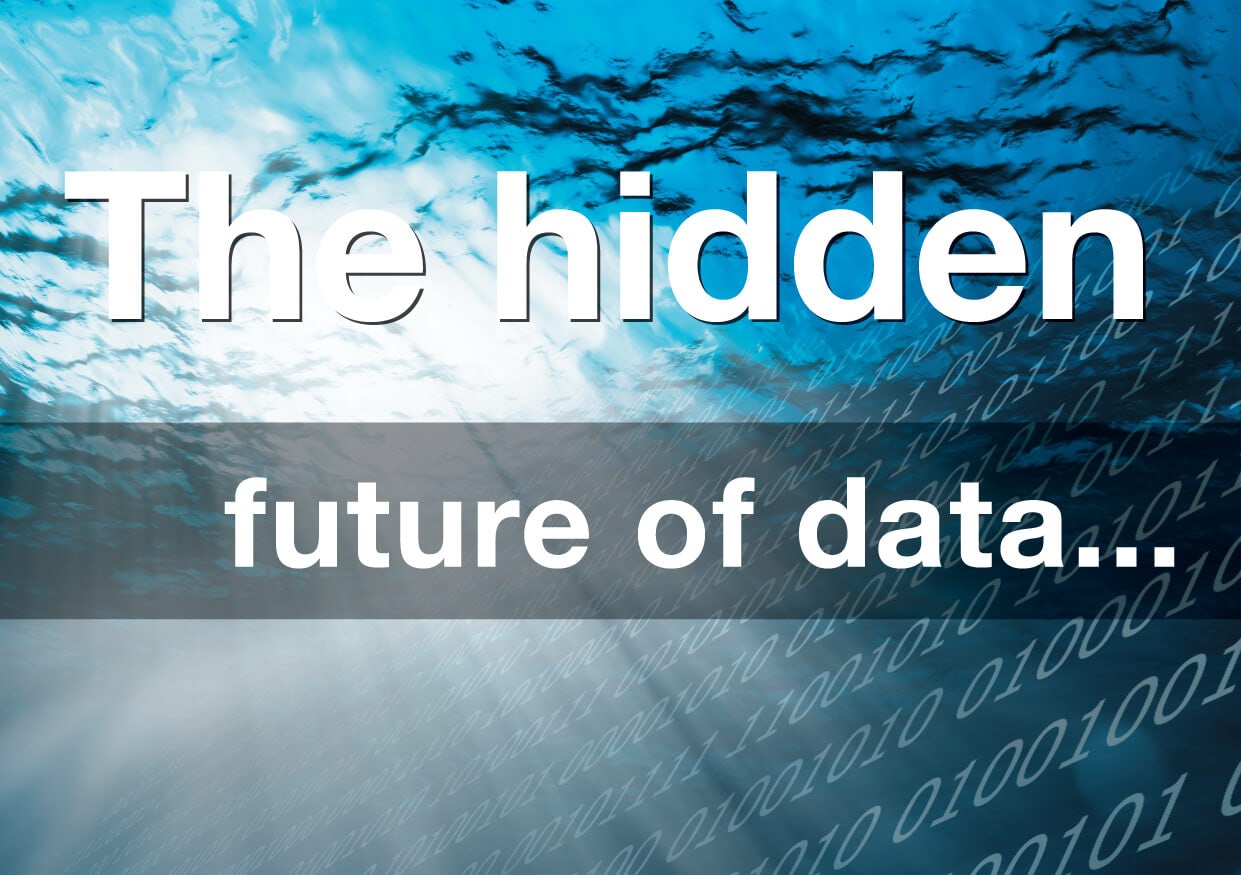The (hidden) future of data storing
When you think of a data centre, what typically comes to mind is a room of considerable size filled with rows upon rows of computers, controllers and power supplies.
Depending on the specific purpose of the data centre it can take up a whole building, where it stores information, back ups, servers and other kinds of hardware. All of this could be changing soon though, if Microsoft’s plans are any indication to go by.
Filed in May and published at the end of December 2016, Microsoft’s patent revealed their plans to take data centres underwater. Described as an “artificial reef data centre” it is meant to not only serve as a technological heart but also a home for ocean life, with nutrient dispersers and warmth providers attached. It is meant to be submerged on the ocean floor and as an idea it has countless positives; a massive reduction in cooling costs, a stable environment preventing damage and umbilical detachment of the centre and an extra layer of security – not to mention the environmental benefit, which will be a major selling point of the idea.
The project has some challenging obstacles to overcome though. It will be expensive, the data centres would not be easily surfaced on demand, monitoring could prove difficult and there is the question of powering the data centre. However, it must be noted that Microsoft has already trialled a similar endeavour in 2015 – submerging a small data container in the Pacific Ocean for three months – and while the results are not public, it is safe to draw conclusions that it was a success, as plans for similar projects are going ahead.
Microsoft’s patent is close to Google’s year’s old idea of on-water data centres which would be located on ships – but which are yet to make an appearance. This is not to say Microsoft’s patent is more advanced but instead they could be used simultaneously for different purposes – the ship method for devices that need to stay more accessible and the rest submerged deep in the water.
Dashboard thinks it is an efficient way to save space and target two outcomes in one go – improving ocean life and taking the next step with data centres. Seeing two technology giants experimenting with water based hubs is a sign of a trend of the future and if successful, we do not see why this would not be the next big thing.
